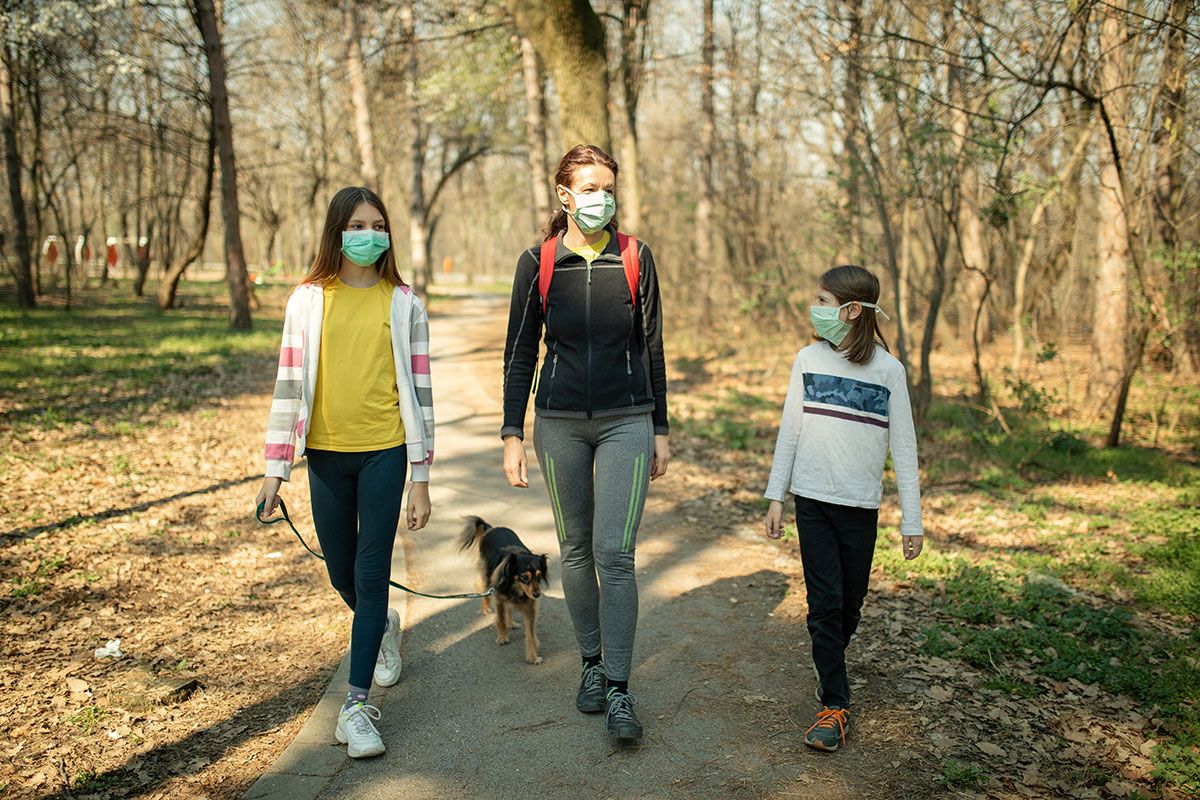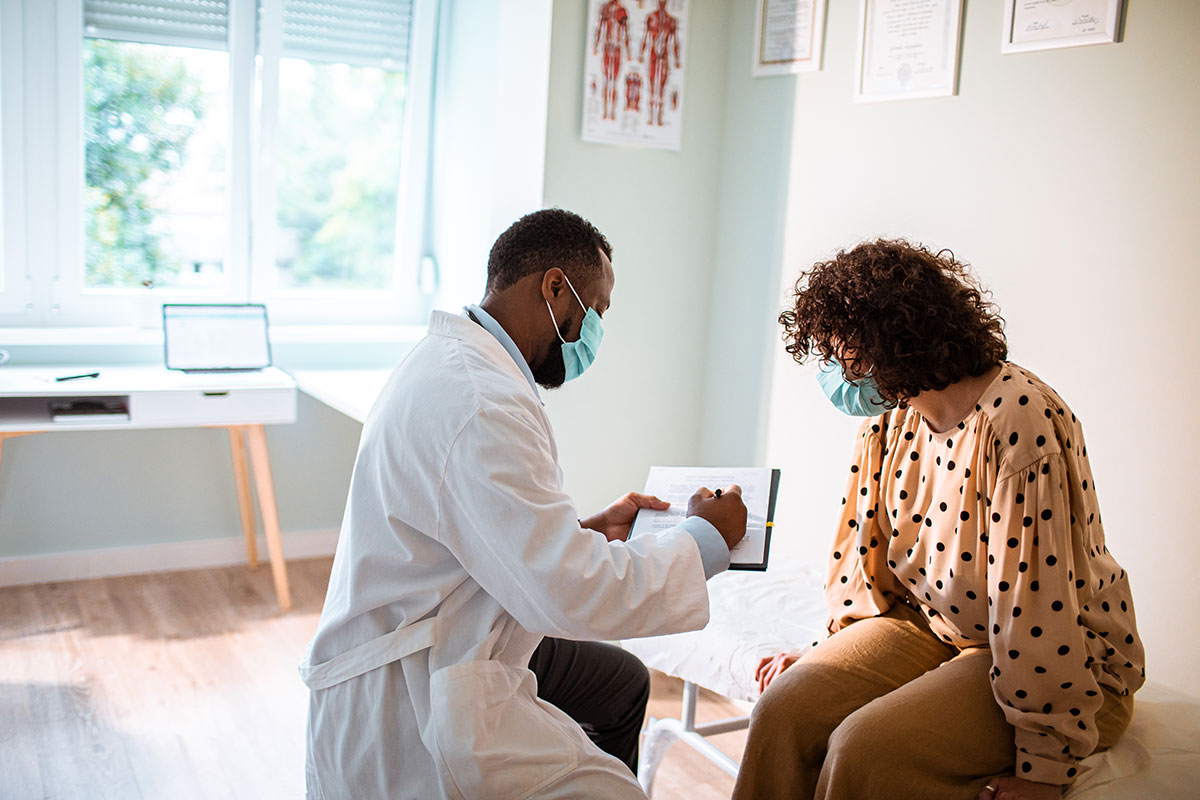-
Services
Featured Specialties
-
Locations
Location Type
-
Patients & Visitors
Published April 22, 2022

The summer is prime time for deer ticks to spread Lyme disease across Connecticut and most of the northeast. A warmer fall due to climate change means ticks will continue to pose a threat well into September and October.
Lyme disease is a bacterial infection discovered by two Yale physicians in 1975. When a group of children developed knee pain around Lyme, Connecticut, they suspected they were dealing with a new illness.
Joint or muscle pain is now recognized as one of the common symptoms of Lyme disease. Other symptoms can include fever, chills, swollen glands, heart palpitations, facial weakness and the classic bullseye rash. However, Yale New Haven Health infectious disease specialist Matthew Grant, MD, said that rash only looks like a bullseye in about one out of 10 patients. It can be a long time before some people develop any symptoms at all.
“Lyme is typically broken down into three stages of infection and the last stage is called late or late disseminated Lyme and that can actually show up years after you get the initial tick bite,” Dr. Grant said.
To prevent Lyme disease, you will need to protect yourself from deer tick bites. Avoid high risk areas including leaf piles or wood chips. If you’re spending a lot of time outdoors, wear long sleeves and pants. If it’s too hot, Dr. Grant recommends using a bug repellent with 30 to 40% DEET. You can also get your lawn treated, or treat your clothing using permethrin, an insecticide that stays on fabrics through several washes.
After any walks or hikes, enlist a family member or friend to look for ticks on your body. Sometimes ticks will attach in places that are hard to see, including the armpits, beltline or groin area. Taking a bath can also wash off ticks, reducing your chances of contracting Lyme.

Most people diagnosed with Lyme disease are treated and cured with a regimen of antibiotics. But about 10 percent of people continue to have symptoms that linger including difficulty concentrating, aches and fatigue.
Dr. Grant warns that it’s very difficult to self-diagnose Lyme disease. Tick bites can be hard to find, and not everyone gets that classic bullseye rash. In addition, fever and chills, which could be warning signs for Lyme, might lead people to believe they’re suffering from another illness like COVID-19.
"I think the best thing you can do if you’re concerned about Lyme disease is go and talk to either your primary care doctor or infectious disease doctor, especially in the areas where Lyme disease is common. Primary care doctors are extremely facile in recognizing, diagnosing and treating Lyme disease," Dr. Grant said.
Learn more about other common illnesses spread by ticks.